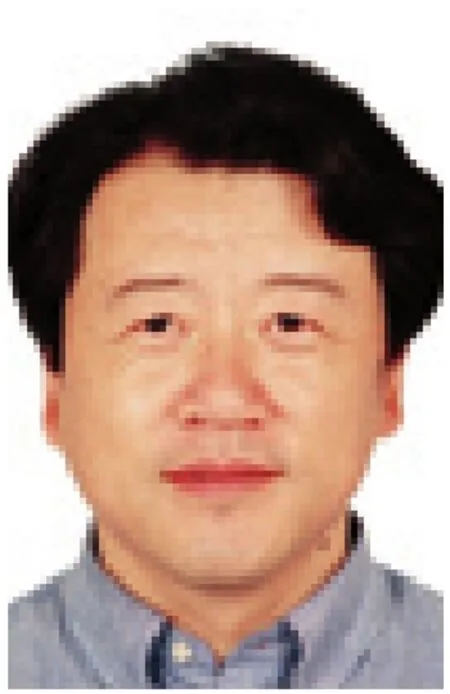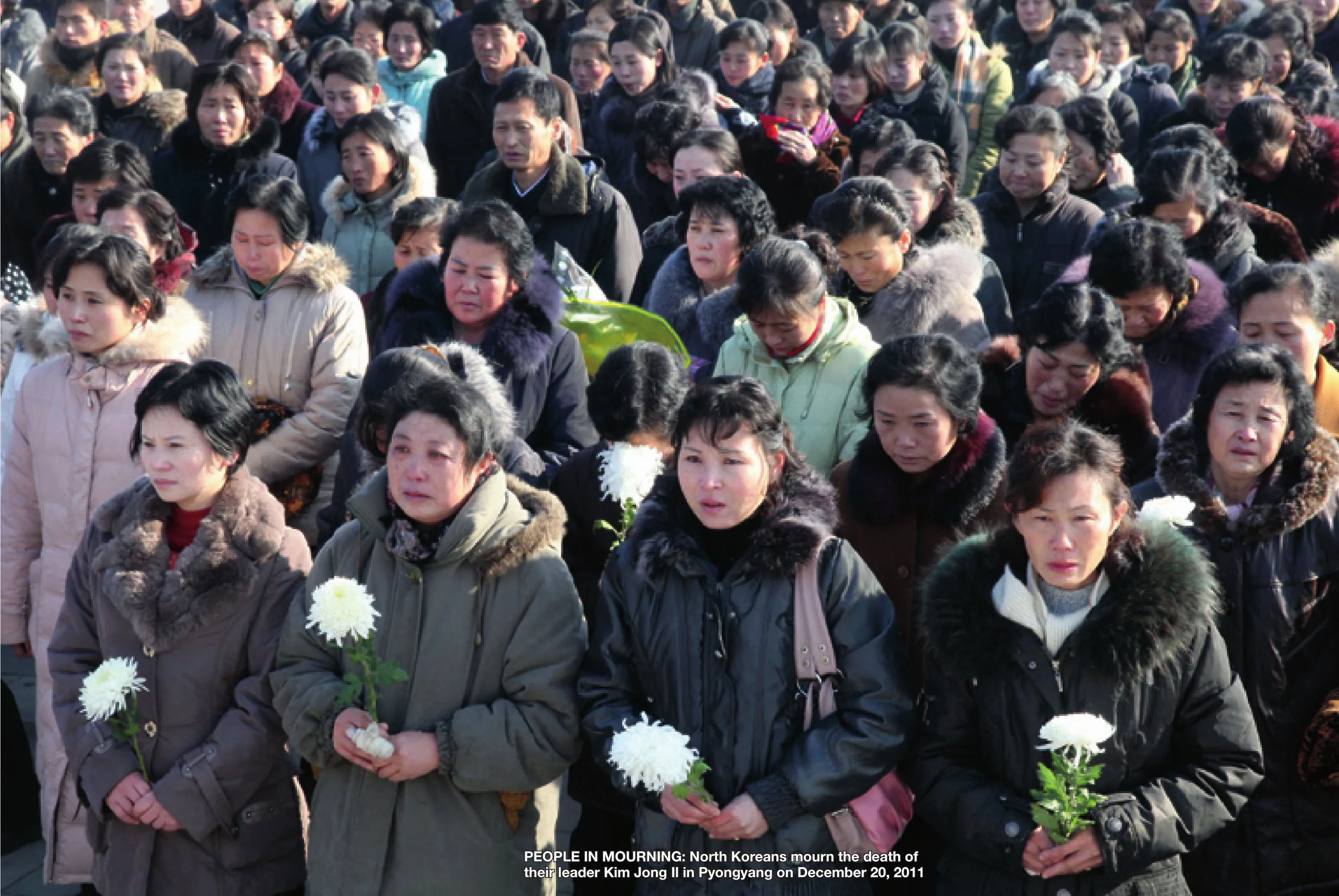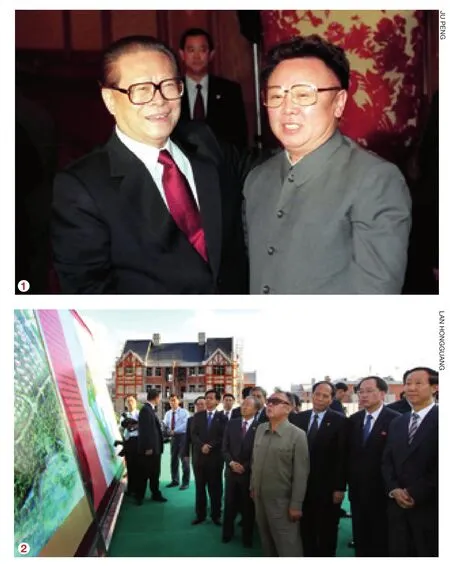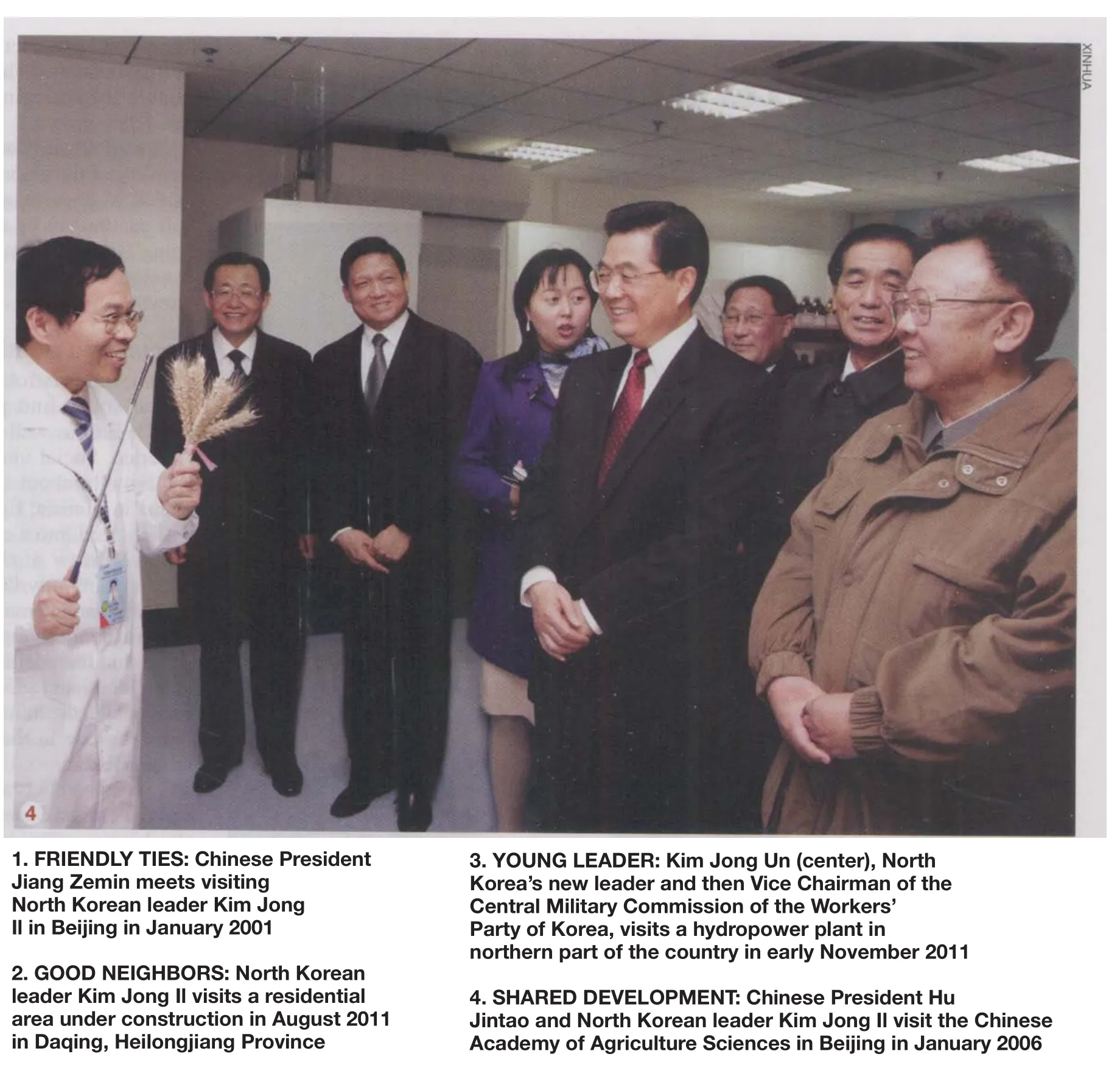STEADY AS KIM GOES
2011-10-14BySHIYONGMING
By SHI YONGMING
STEADY AS KIM GOES
By SHI YONGMING
Maintaining the China-North Korea friendship and long-term stability on the Korean Peninsula is China’s hope for the post-Kim Jong Il era

The death of Kim Jong Il, top leader of North Korea, created one of the last focuses of 2011. After the news broke, world leaders were busy calling each other to discuss the ramifications. South Korea put its military on alert while Japan ordered extra vigilance from its coast guard. U.S. President Barack Obama kept in close contact with his South Korean and Japanese counterparts, while expressing concern about North Korea.
At this critical juncture everyone is pondering the future of North Korea. Some have even expressed worries about whether the young heir of Kim Jong Il, his third son Kim Jong Un, who is in his late 20s, can ful-fill the task of leading North Korea out of its current predicament. They are curious about how North Korea’s leadership transition will influence the regional situation.
Focus on stability
“Stability” is the word that experts use the most when talking about Kim’s death. The outside world hopes to see a smooth power transition in North Korea, and hopes North Korea can play an active role in promoting regional stability in the future.
Stability also is China’s sincere wish for North Korea. After Kim Jong Il’s death was announced on December 19, the Central Committee of the Communist Party of China immediately sent a message of condolence to North Korea. The next day, Chinese leaders headed by President Hu Jintao visited the North Korean Embassy in Beijing to offer condolences.
These actions passed two messages to North Korea. One was to express China’s condolences for North Korea leader’s death and the other clearly stated that China will stick to its consistent strategy of constantly cementing and developing the traditional friendship and cooperation between the two sides. China hopes to jointly promote a friendly relationship withNorth Korea in the future.

ZHANG LI
History proves that friendly cooperation between China and North Korea is of special significance to maintain peace and stability on the Korean Peninsula. Therefore, China expressed its wishes for a successful transfer of power in North Korea and for long-term stability on the peninsula.
North Korea’s domestic politics has made a stable power transfer possible. In fact, although Kim Jong Il’s death came suddenly, the top leader had made thorough arrangements for his possible death when he was alive. No power vacuum will actually happen. The process of power succession will be natural, smooth and steady, because in spite of the youth of Kim Jong Un, the whole leadership group is experienced and mature. Meanwhile, the new leaders need to straighten the country’s internal relationships and map out its future in a stable domestic environment. So stability will be the keynote of North Korea in the months to come.
Development first
Considering the orderly process of power succession, the new North Korean Government will face major economic challenges instead of political ones. The new leader also needs to pay special attention to solving livelihood problems caused by long-term economic difficulties after the Cold War, so as to guarantee political stability in the country.
During the Cold War from the late 1940s to the early 1990s, North Korea’s economy was functional because it benefited from support from other socialist countries. However, North Korea lost its external support after the disintegration of the Communist bloc in 1991. It was excluded from Northeast Asia’s reconciliation process due to complicated internal and external reasons. As a result, its economic opening up in the early 1990s failed. Kim Il Sung, founder of North Korea, died in 1994. In the years that followed, North Korea was hit by devastating natural disasters, and its grain output greatly decreased. The confluence of bad luck beat the country’s economy down, and the country was mired in difficulties.
At that time, some countries believed North Korea’s new administration under Kim Jong Il couldn’t survive all the difficulties, expecting changes within North Korea. This increased North Korea’s anxiety for the security of its external environment. Therefore, thesongun(military-first) policy started to dominate all Pyongyang’s decisions. The country’s economic recovery and development inevitably were limited as most of its resources were used for national defense.
The third-generation leader of North Korea now faces a much better internal and external environment than when Kim Jong Il took power. First of all, due to rapid progress in national defense in thesongunera, the country’s self-confidence in security has strengthened. Second, North Korea’s economic conditions have improved over the past years. Third, China’s rising economic strength offers North Korea much better external support than before.

What Pyongyang now needs is a clear development plan. North Korea can take experiences of China, Viet Nam, Myanmar as well as other developing countries in Southeast Asia, Latin America and Africa as a reference.
North Korea’s past dream of “opening a door to a more prosperous, powerful country” by 2012 obviously is unrealistic. But if the new leader can jump out of the old mode, North Korea will get the opportunity to drive on the freeway of economic development.
External environment
Being a country in the center of geopolitical twists, North Korea can never ignore the influences of the external environment on its domestic political and economic development.
Pyongyang found itself trapped in a security dilemma as it tried to avoid damage caused by the adjusted international relationship structure after the end of the Cold War. The nuclear issue was the main cause for this dilemma.
North Korea mapped out a plan of developing nuclear power on a large scale in the mid-1980s, when its economic conditions were fairly good. It participated in the Nuclear Non-Proliferation Treaty, but didn’t sign required security agreements, which triggered conflicts between Pyongyang and Washington on the nuclear issue.
The relationship between North Korea and South Korea eased up in the early 1990s. They signed the Agreement on Reconciliation, Non-Aggression, and Cooperation and Exchange in Seoul in 1991, and the Joint Declaration on the Denuclearization of the Korean Peninsula in 1992. The tendency was not accepted by Washington, which experienced a bad time in East Asia then.
The United States was forced to pull out from a military base in the Philippines, and felt the pressure of regionalism and pacifism in Japan and South Korea. Therefore, it couldn’t tolerate the possibility of letting the South and the North jointly arrange the Korean Peninsula’s future. And the nuclear issue of North Korea became the best leverage for Washington to dominate events on the peninsula.
Fights between Pyongyang and Washington got fiercer and fiercer on the nuclear issue, making the problem more complicated. In 2005, the six-party talks aimed at resolving the problem ended with a joint statement on September 19, in which the parties—North Korea, South Korea, the United States, China, Russia and Japan—agreed to settle the problem through peaceful solutions.
But North Korea conducted its first nuclear test several months later, claiming it was responding to then U.S. President George W. Bush’s policy and U.S. attempts to smother North Korea. Pyongyang’s action created negative consequences: U.S. propaganda of demonizing North Korea on the nuclear issue became more pronounced and conservative forces in South Korea came into power.


Deterioration of Pyongyang-Seoul relations led to a series of events. Pyongyang announced that it successfully conducted a second underground nuclear test in May 2009. In March 2010, South Korea’sCheonanwarship exploded and sank, killing 46. South Korea claimed North Korea had attacked the warship and responded by launching an economic blockade against North Korea and staging large-scale military exercises. In November 2010, South Korean troops performed artillery drills near the Northern Limit Line, a disputed maritime border between South Korea and North Korea. After its protests fell on deaf ears, North Korea overreacted and opened fire at the nearby Yeonpyeong Island, killing two South Korean civilians. The external environment for North Korea’s economic development worsened.
Fortunately, Pyongyang started to show a positive attitude toward resuming the six-party talks this year. According to the previous schedule, Pyongyang and Washington were going to have their third meeting on December 22. It was reported that North Korea expressed an active stance on accepting preliminary denuclearization measures, and it even might get into consensus with Washington on accepting investigations by the International Atomic Energy Agency.
The meeting had to be postponed because of Kim Jong Il’s death. But it is expected that the U.S.-North Korean talks will head to a bright future, because both sides face a common historical opportunity—if they cannot seize it, they will lose it forever.
The author is an associate research fellow with the China Institute of International Studies
